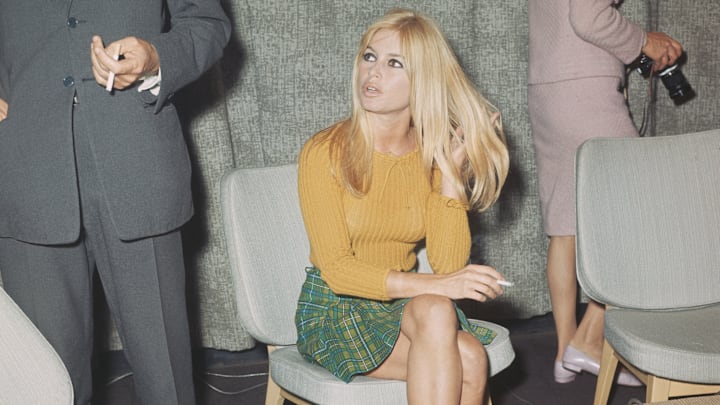The Revival of Vintage Fashion: Nostalgia Meets Sustainability

Vintage fashion has experienced a major revival in recent years, with more consumers embracing the charm, uniqueness, and sustainability of pre-owned clothing. This resurgence is driven by a combination of nostalgia for past styles and a growing awareness of the environmental impact of fast fashion. The revival of vintage fashion reflects a shift in consumer values, where sustainability and individuality are becoming increasingly important.
Vintage fashion offers a way to connect with the past while making a statement about personal style. Each piece of vintage clothing carries a history and a story, offering a sense of nostalgia and authenticity that is often lacking in mass-produced fashion. For many consumers, wearing vintage is a way to express their individuality and stand out from the crowd, as vintage pieces are often one-of-a-kind or limited in availability.
The appeal of vintage fashion also lies in its sustainability. By choosing vintage clothing, consumers are participating in a more circular fashion economy, where garments are reused and recycled rather than discarded. This reduces the demand for new clothing production, which is often associated with high environmental costs, such as resource depletion, pollution, and waste. Vintage fashion aligns with the principles of slow fashion, encouraging consumers to invest in quality, timeless pieces that can be worn and cherished for years.
The rise of vintage fashion has also been fueled by the popularity of second-hand shopping platforms, such as Depop, Poshmark, and ThredUp. These online marketplaces have made it easier than ever for consumers to buy and sell vintage clothing, creating a global community of vintage enthusiasts. The accessibility of vintage fashion through these platforms has helped to democratize the trend, making it accessible to a wider audience.
In addition to its environmental benefits, vintage fashion offers an alternative to the homogenization of style often seen in fast fashion. Vintage pieces often feature unique designs, high-quality materials, and craftsmanship that are hard to find in modern clothing. By wearing vintage, consumers can embrace a more eclectic and personal style, mixing and matching different eras and aesthetics to create a look that is truly their own.
In conclusion, the revival of vintage fashion is a testament to the growing importance of sustainability and individuality in the fashion industry. By embracing vintage clothing, consumers can reduce their environmental impact, support a circular fashion economy, and express their unique sense of style. As the demand for vintage fashion continues to grow, it is likely to remain a significant and influential trend in the fashion world.